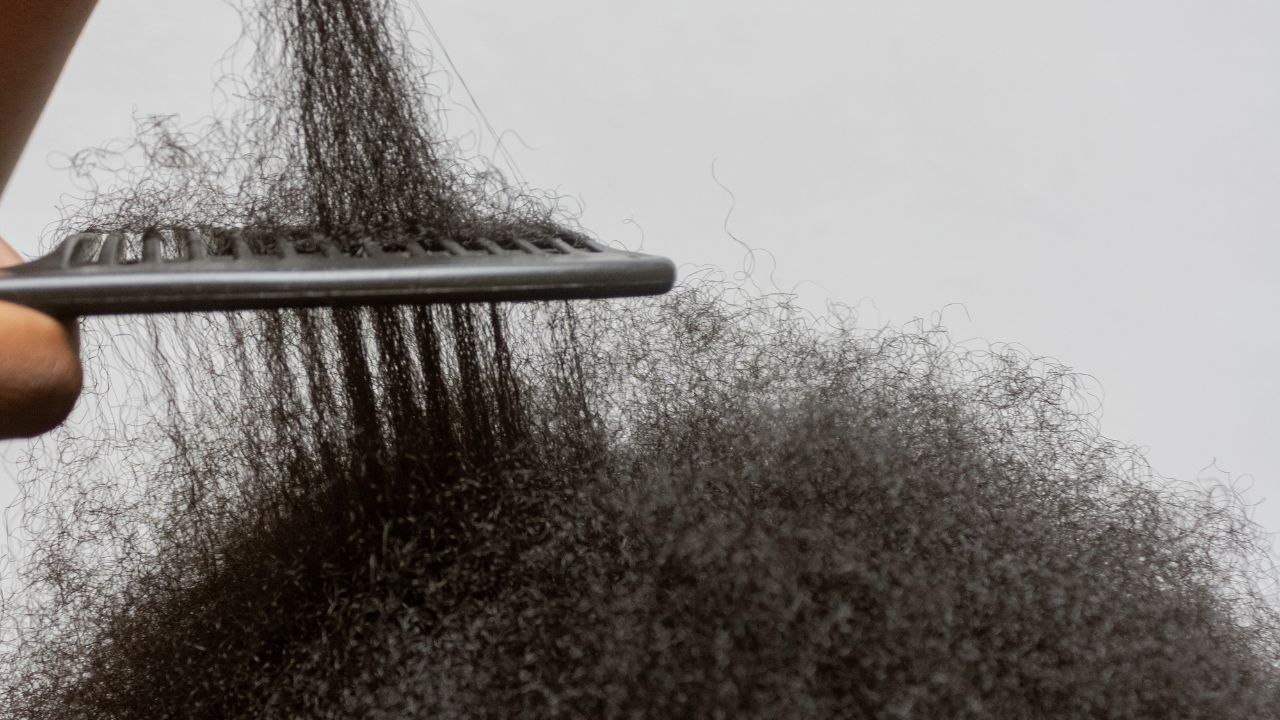Hair loss is a concern for many women, and understanding the health of your hair follicles is crucial in addressing it. Inactive hair follicles can lead to thinning hair, bald spots, and in some cases, permanent hair loss. This blog will delve into the signs of inactive hair follicles, what they look like, and whether it’s possible to revive them.
What Do Inactive Hair Follicles Look Like?
Identifying inactive hair follicles can be challenging because the symptoms often mimic other scalp and hair conditions. However, there are specific signs that may indicate that a hair follicle is no longer active.
Signs of inactive Hair Follicles
- Thinning Hair: One of the first signs of inactive hair follicles is thinning hair. If you notice your hair becoming thinner in certain areas, it might indicate that the follicles in those regions are no longer producing hair as they should.
- Bald Spots: Small, round bald spots on the scalp are a more pronounced sign of inactive hair follicles. These spots may start small but can expand over time if the follicles remain inactive.
- Scalp Folliculitis: This condition occurs when hair follicles become inflamed or infected, leading to pustules or red, inflamed spots on the scalp. Persistent scalp folliculitis can damage hair follicles and, if untreated, lead to their inactivity.
- No New Hair Growth: If you’ve noticed that hair isn’t growing back in certain areas after hair loss, it could indicate that the follicles are inactive. Inactive follicles no longer produce new hair, leading to baldness in affected areas.
What Does an Inactive Hair Follicle Look Like?
Inactive hair follicles are not visible to the naked eye, but the signs they leave behind can be observed on the scalp. A scalp with inactive follicles might appear smooth and shiny in bald areas, with no signs of new hair growth. Unlike clogged hair follicles or ingrown hairs, which may still show signs of irritation or blockage, inactive follicles show no such activity.
How to Know if Hair Follicles Are Inactive
Determining if hair follicles are inactive involves a close examination of your scalp and understanding the pattern of hair loss you’re experiencing.
How to Tell if Hair Follicles Are Inactive
- No Response to Treatment: If you’ve tried treatments like minoxidil, scalp massages, or other hair growth therapies without seeing any improvement, it might be a sign that the follicles are inactive.
- Persistent Bald Spots: If bald spots remain the same size or expand over time without any new hair growth, this could indicate that the follicles in those areas are no longer active.
How to Know if Hair Follicles Are Inactive
A dermatologist or trichologist can perform a scalp examination to determine the health of your hair follicles. They might use magnification tools to inspect the follicles closely or even perform a biopsy in severe cases to understand the extent of follicle damage.
Can Inactive Hair Follicles Be Revived?
Reviving inactive hair follicles is a challenging process and not always possible, especially if the follicles have been inactive for a long time. However, there are methods to try and stimulate hair growth.
How to Revive Inactive Hair Follicles
- Scalp Massage: Regular scalp massages can increase blood flow to the scalp, providing the follicles with essential nutrients and oxygen. This might help revive dormant follicles, though it’s less effective on completely inactive ones.
- Nutrient-Rich Diet: A diet rich in vitamins, minerals, and proteins can support overall hair health. Nutrients like biotin, zinc, and iron are crucial for hair growth and can help support follicle health.
- Topical Treatments: Treatments like minoxidil can help stimulate hair growth in follicles that are still alive but dormant. While it may not work on inactive follicles, it can be beneficial for thinning hair.
How to Stimulate Inactive Hair Follicles
Stimulating inactive hair follicles involves a combination of treatments aimed at increasing blood flow and providing the scalp with the nutrients it needs. This can include using essential oils like peppermint or rosemary oil, known for their scalp-stimulating properties, along with maintaining a healthy scalp free from buildup and infections.
How to Reactivate Hair Follicles
Reactivating hair follicles requires consistent care and attention. Avoiding harsh chemicals, excessive heat styling, and maintaining a healthy scalp environment are key. Regular exfoliation to remove inactive skin cells and unclog blocked hair follicles can also help keep the scalp healthy.
Addressing Hair Follicle Health
To repair and maintain healthy hair follicles, it’s crucial to address any underlying issues like scalp folliculitis, alopecia, or blocked hair follicles. Infections or unhealthy hair practices can damage follicles, making it harder for them to recover.
Conclusion: Consulting a Trichologist
Understanding the signs of inactive hair follicles is the first step in addressing hair loss. Early intervention can improve the chances of maintaining healthy hair growth. Before making any changes to your hair care routine or starting new treatments, it’s important to consult with a trichologist. A trichologist can provide professional guidance tailored to your specific needs, helping you navigate the complexities of hair loss and scalp health.




